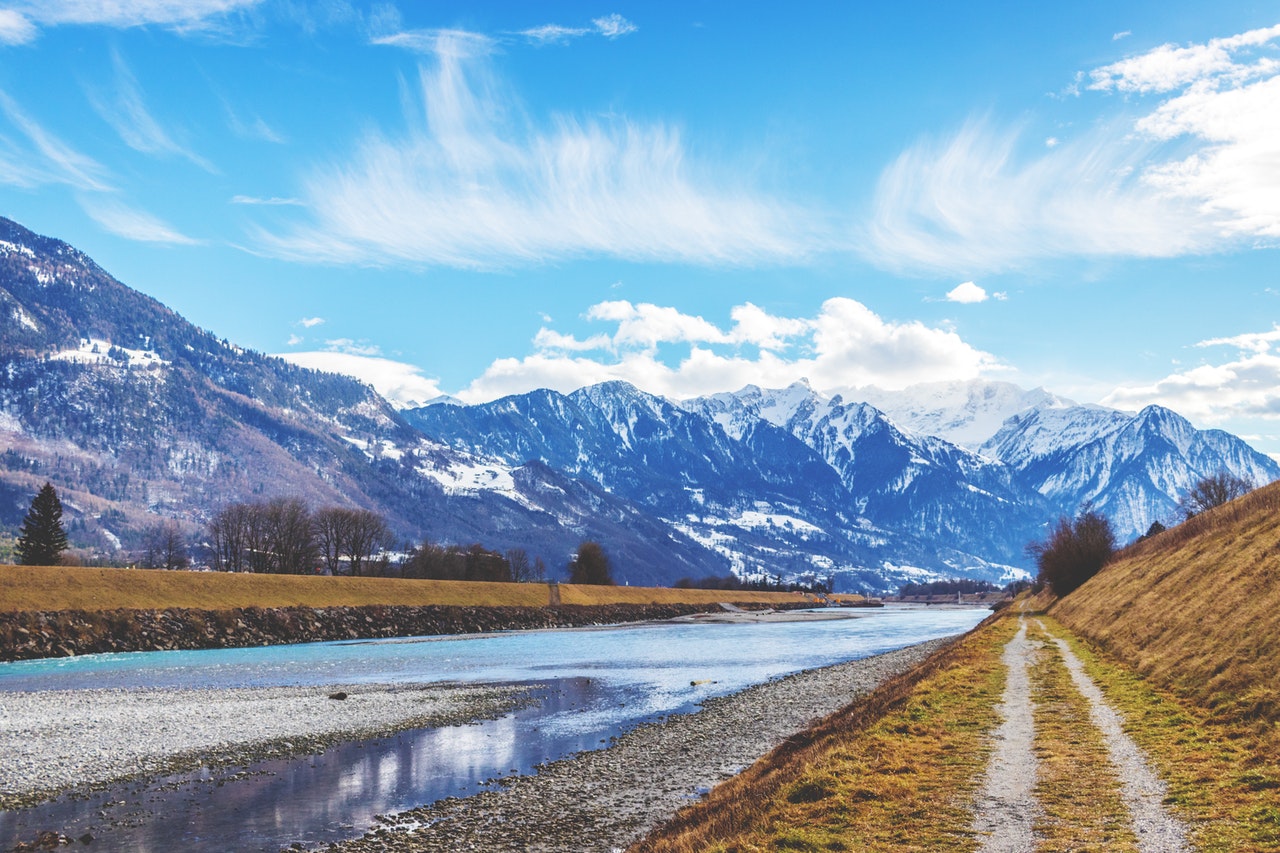In the Swiss Alps, at an altitude of 600 meters above sea level, Swiss authorities launched the most powerful pumped storage power plant, which took 14 years to build.
The reservoir’s capacity allows storing 20 GWh of energy and delivering it to the grid with a total of up to 900 MW.
In Switzerland, pumped storage has been used for centuries for agriculture and industry needs. At present, the use of pumped-storage stations makes it possible to store excess solar and wind generation, smoothing out dips in the supply of electricity at night and in calm weather.
Water is simply pumped from the lower reservoir (dam) to the upper one, and it is dumped back down through the turbine hall for consumption. And so it can last for decades without high costs for the maintenance of installations.
The construction of a pumped storage plant in the Swiss Alps based on two reservoirs in the canton of Valais – Emasson and Vieux-Emosson – lasted 14 long years and cost 2 billion euros.
High labor costs for the pumped storage power plant are explained by the work in the mountains, only to prepare for which it was necessary to break through 18 km of tunnels in the rocks. It was also not easy to create a turbine room for the turbines – its dimensions in the rock are 200 m long and 32 m wide.
Raising the level of the upper reservoir by 20 m was also necessary, but now the water in it can store 20 GWh of energy and supply up to 900 MW to the grid, equivalent to supplying power to nearly a million homes.
Hydrostorage plants seem to be a promising and time-tested solution for energy storage from renewable sources. Not so long ago, for example, we reported that the largest pumped storage plant in the Middle East was being built in the United Arab Emirates (UAE) by the Dubai Electricity Company DEWA.
The facility’s capacity will be 250 MW with the storage capacity of the upper dam of 1.5 GWh.

